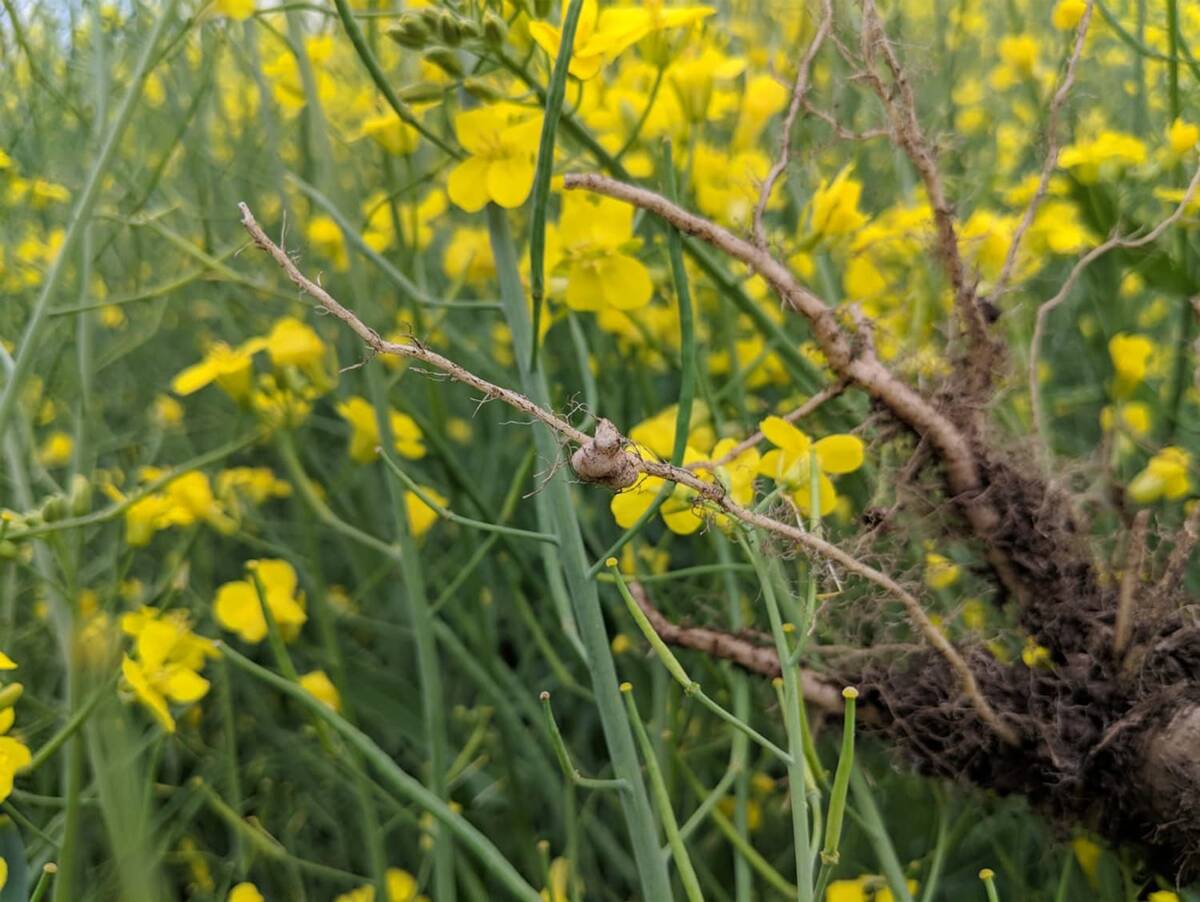SASKATOON – Like many other prairie farmers, Rene Gauthier started thinking about diversifying when the Crow Benefit ended last year.
“We were looking for something to get going in the valley area and create some jobs,” said Gauthier from his home north of Rosthern, Sask.
But grain farming is a full-time job and Gauthier couldn’t imagine adding something more to his busy days. Then he and eight other farmers began brainstorming on a local value-added venture. Eventually, they came up with the idea for a 600 sow farrow-to-finish hog barn.
Read Also

Going beyond “Resistant” on crop seed labels
Variety resistance is getting more specific on crop disease pathogens, but that information must be conveyed in a way that actually helps producers make rotation decisions.
“It’s the way of the future, these larger hog barns,” said Gauthier.
They thought a large hog barn would bring jobs to the area and would attract enough investors to be viable.
It appears they were right.
The group approached Quadra Management Services of Outlook about joining them in the venture.
“We were impressed with their credentials,” said Richard Wright of Quadra.
Partners found
At the time, Quadra was looking to invest in what Wright calls “for-profit community-based pig production.” They agreed to become a general partner in the hog barn, undertaking construction and management of the facility.
With Quadra on board, the next step was selling shares in Sask Valley Pork to local farmers and business people.
“I thought we needed another market for our local feed grains,” said Gauthier. That’s why he and others pushed for the barn and were quick to put their money where their mouths were. He sees Sask Valley Pork as a business along the lines of a co-op.
Approximately 60 shareholders will supply half of the 4,000 tonnes of feed grain the hog barn will need each year. The rest will come from non-partners.
When the barn opens in November, it will create six full-time jobs in the Rosthern area and slaughter approximately 13,000 pigs every year. Wright said Sask Valley will be delivering its first pigs to market sometime next August.
















